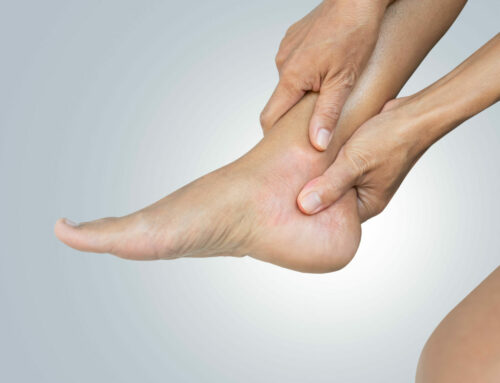Over the past few years, standing desks have become extremely popular amongst office workers. This is especially true for those who work from home and can modify their office setup however they like.
However, many trends that we see in the world are “just for show”. Health and wellness products are particularly tricky to navigate because: who doesn’t want to get 6-pack abs in 5 minutes?
Products that guarantee unrealistic results are clearly nonsense. No matter what piece of equipment or training style you use; you aren’t going to lose 10 pounds in 10 minutes.
But do standing desks fall into the category of gimmicky products, or are they a fantastic new addition to the office that will reduce back pain and improve health?
Let’s take a look!
A Review of Posture
Generally, we want to keep our spines in neutral alignment as much as we can throughout the day. We should also strive to maintain the joints of our upper and lower bodies in a comfortable position.
Let’s examine some of the common wisdom surrounding seated posture as well as standing posture.
Seated Posture
In order to accomplish the goal of keeping all joints in good alignment, most ergonomics experts recommend that those sitting at a desk maintain the 90-90-90 position. This means that the feet are flat on the floor, the knees are bent to 90 degrees, and the back is straight, creating a 90 degree angle between the thighs and trunk.
As far as the upper body is concerned, the wrists should be in a relatively neutral position and the elbows should be bent to roughly 90 degrees as well.
However, as is the case with any rule, your mileage may vary. Depending on your body type and any specific conditions you have, you may need to adjust these positions slightly.
Standing Posture
When we are standing, our spines are generally automatically in good alignment. Can you slouch while you stand? Of course. But it is much harder to do so, and the degree to which you can slouch is much less than is the case in sitting. Furthermore, our upper and lower bodies tend to fall into optimal positions as well when we stand.
For these reasons, it seems like the use of a standing desk is a good idea for most office workers, right?
Standing Desk Considerations
As was discussed in the previous section, standing desks tend to allow for better posture when compared to sitting desks. However, if we think about the typical workday (8-12 hours) and the typical office worker (sedentary), we can see that there may be issues with standing for this long throughout the day.
For instance, let’s take a look at a hypothetical office worker: Mary.
Mary has worked at a seated desk job for 10 years. Every day (5 days a week), she works for roughly 10 hours. During each shift, she sits for 9 hours (factoring in standing up to get coffee and go to the bathroom throughout the day). As a result, her muscles and her body are adapted to this seated position. Encouraging her to immediately stand for her entire shift every day may lead to injury.
However, by giving Mary the ability to stand or sit with a hybrid standing desk, she can slowly build up a tolerance for standing. In this way, she can start by sitting for 6 hours and standing for 4 hours. Slowly, over time, she can increase the number of hours she spends standing and decrease the number of hours she spends sitting.
The Final Verdict
Should a person stand all day at work or sit all day at work? The answer, as is often the case, lies somewhere between these two extremes. A hybrid desk that allows users to alternate between standing and sitting throughout the day will allow for position changes. This will enable these workers to slowly build up a tolerance for standing.
If you’re experiencing pain as a result of your desk setup, come see us at At Last Chiropractic, your Lithia FL. chiropractors. Book your appointment now!






